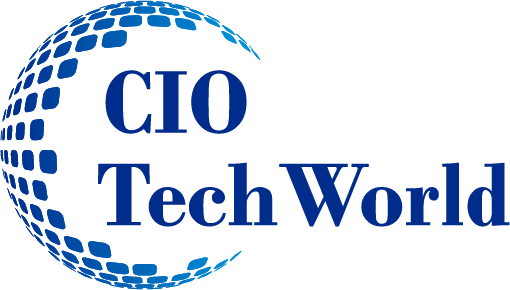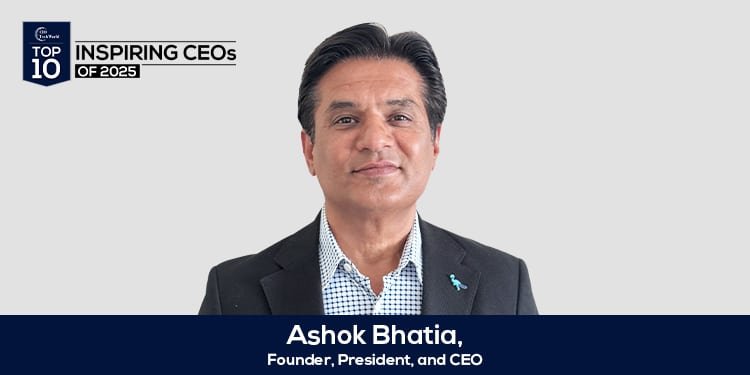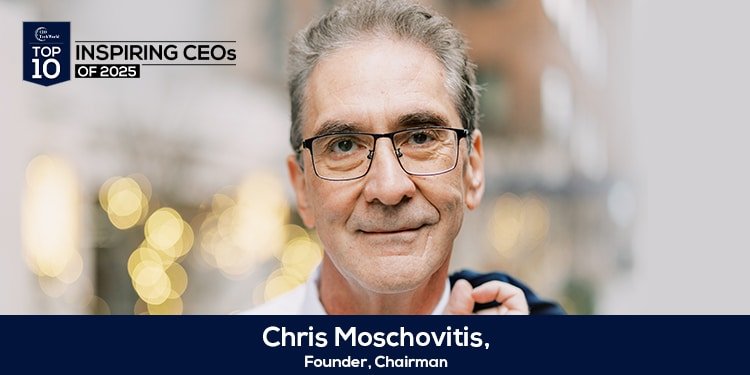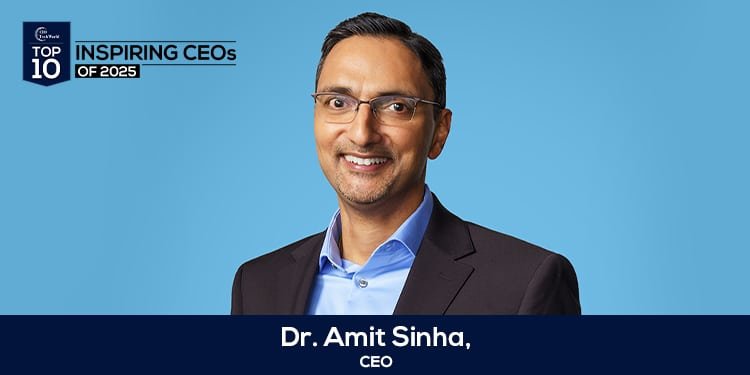In a recent article, “The Biggest Questions on CIOs’ Minds in 2025,” the consulting firm Gartner identified five critical challenges facing today’s technology leaders. As the author aptly points out, these aren’t just technical hurdles—they represent fundamental strategic questions that impact organizational resilience, competitive advantage, and future readiness.
As CEO of the Technology Management Group (TMG), I spend a lot of time collaborating with technology leaders across a variety of industries, and I’ve seen these same concerns emerge in boardrooms and strategy sessions. The Gartner article does an excellent job of framing these questions, but what technology leaders need is practical, actionable guidance.
That’s why I’ve developed this response guide—to provide clear, strategic direction on how to navigate these complex challenges. Drawing on my extensive experience implementing frameworks like NIST and ISO, managing 24/7 cybersecurity operations, and guiding AI strategy development, I’d like to offer some insights that I hope will help you balance innovation with pragmatic implementation. Whether you’re wrestling with scaling AI initiatives, building robust data foundations, optimizing cybersecurity, managing vendor relationships, or developing technology talent, my goal is to provide you with concrete next steps that deliver measurable value.
Let’s dive into these critical questions keeping CIOs awake at night and explore how forward-thinking technology leaders can address them.
1. How do I scale AI from early exploration to delivering measurable value?
Once the thrill of AI has worn off, CIOs are left with a big question: how does it add value to our organization? Taking an AI project from ”cool idea“ to something that delivers genuine ROI requires a structured approach that balances innovation with practical implementation:
Start with a value-driven foundation:
- Don’t pursue AI just for its own sake. Identify 2-3 potential high-impact use cases that are aligned with specific business objectives
- Establish clear KPIs to measure success before implementation begins
- Create a lightweight AI governance committee with cross-functional representation
Build the right operational model:
- Implement a hub-and-spoke approach, where a central AI team supports business units
- Establish a standard methodology for model validation, ensuring results are trustworthy
- Create feedback loops between technical teams and business stakeholders
Practical next steps:
- Develop AI literacy training for different organizational levels
- Implement a phased roll-out strategy with checkpoints for evaluation
- Consider partnering with specialists for complex implementations while building internal capabilities
Remember, successful AI adoption isn’t about having the most advanced technology on the block. It’s about solving real business problems in ways that are both effective and (importantly) measurable.
2. How do I build a scalable, integrated data-driven foundation to support high-impact decisions?
A robust data foundation requires intentional architecture and governance:
Establish clear data principles:
- Develop a data strategy that defines ownership, quality standards, and governance
- Create a data catalog that documents available data assets, sources, and lineage
- Implement master data management practices, focusing first on critical business entities
Modernize your data infrastructure:
- Evaluate cloud-based data platforms for scalability and integration capabilities
- Implement data mesh principles to distribute ownership while maintaining standards
- Ensure your architecture supports both historical analytics and real-time insights
Foster a data-driven culture:
- Develop self-service analytics capabilities for business users
- Create data literacy programs tailored to different organizational roles
- Recognize and celebrate examples of data-driven decision making
The most successful organizations treat data as more than a mere technical resource, but rather as a highly valuable strategic asset.
3. How do I optimize the cybersecurity program to best protect my organization?
Effective cybersecurity requires a balanced approach that goes beyond technical controls:
Take a risk-based approach:
- Conduct regular business impact analyses to identify your “crown jewel” assets
- Implement a consistent risk quantification methodology to prioritize investments
- Develop scenario-based planning for high-impact, low-probability events
Build defense in depth:
- Implement zero trust principles across your technology ecosystem
- Focus on detection and response capabilities, not just prevention
- Develop security practices specific to cloud environments and SaaS applications
Create organizational resilience:
- Establish regular tabletop exercises to practice incident response
- Develop security awareness programs that focus on behavioral change
- Build relationships with external response resources before you need them
As our founder Chris Moschovitis notes in his book Cybersecurity Program Development for Business, security is not just a technology issue—it’s a business imperative requiring board-level attention and organization-wide commitment.
4. How can I negotiate costs, maintain control, and manage supplier risk?
Strategic vendor management is crucial for optimizing value and reducing risk:
Develop a strategic sourcing framework:
- Classify vendors based on business criticality and replaceability
- Establish differentiated governance models based on vendor classification
- Create standardized assessment criteria for new vendor selection
Optimize existing relationships:
- Conduct regular contract reviews to identify consolidation opportunities
- Implement a structured SLA/performance management framework
- Develop a centralized repository of vendor capabilities and contracts
Manage concentration risk:
- Map dependencies between critical vendors to identify potential cascading failures
- Implement contingency plans for critical vendor disruptions
- Consider multi-vendor strategies for your most critical capabilities
Effective vendor management balances cost optimization with risk mitigation—the lowest cost option often comes with hidden risks.
5. How do I ensure my organization has the right skills and expertise to respond to emerging technologies?
Building technology capabilities requires a multifaceted approach:
Create a skills strategy:
- Develop a capability framework mapping current skills against future needs
- Implement continuous learning programs focused on adaptability, not just specific technologies
- Consider alternative talent models, including contractors, partners, and managed services
Build internal capacity:
- Create cross-functional teams that blend technical and business expertise
- Implement mentoring programs that pair experienced staff with emerging talent
- Develop career pathways that recognize both technical and leadership contributions
Retain critical talent:
- Create meaningful work that connects technical roles to business outcomes
- Recognize that compensation matters, but purpose and growth often matter more
- Build an inclusive culture that values diverse perspectives and approaches
At TMG, we’ve found that the most successful organizations don’t just hire for today’s technologies—they build learning organizations capable of adapting to tomorrow’s challenges. These challenges require thoughtful, integrated approaches tailored to your specific organizational context. Our team at TMG specializes in developing pragmatic solutions that balance innovation with practical implementation. We’re committed to your success and are always happy to discuss these challenges in more depth.
Explore more articles by Chris Moschovitis
Strategic Agility: Why Co-Managed IT and Cybersecurity May be the Answer
A Cybersecurity Reckoning: It’s Time to Demand Genuine Accountability
Unmasking Algorithmic Bias: Hidden Injustices within AI
A Business Leader’s Guide to AI Training

I am certified in Cybersecurity (CSX, CISM), Enterprise IT Governance (CGEIT), Data Privacy Solutions Engineering (CDPSE), and as a Certified Information Privacy Professional (CIPP/US). I am also an active member of organizations including ISACA, IAPP, and ISSA. In 2018, my book Cybersecurity Program Development for Business: The Essential Planning Guide was published by Wiley to critical acclaim. My second book, Privacy, Regulations, and Cybersecurity: The Essential Planning Guide, received an equally positive reception upon its release by Wiley in 2021. Additionally, I co-authored History of the Internet: 1843 to the Present and contributed to the Encyclopedia of Computers and Computer History as well as the Encyclopedia of New Media.








